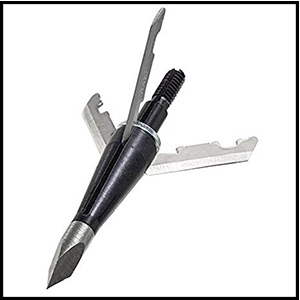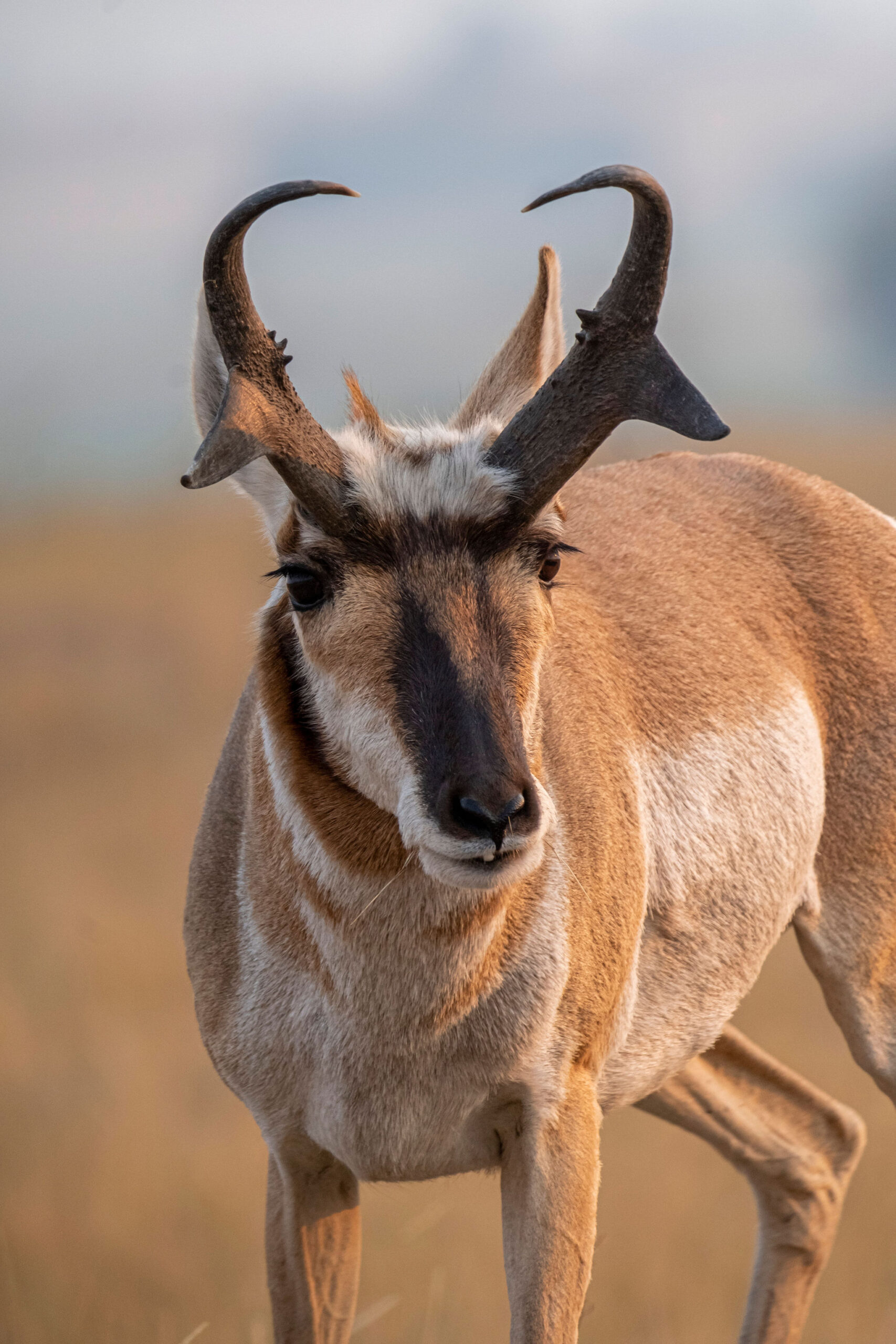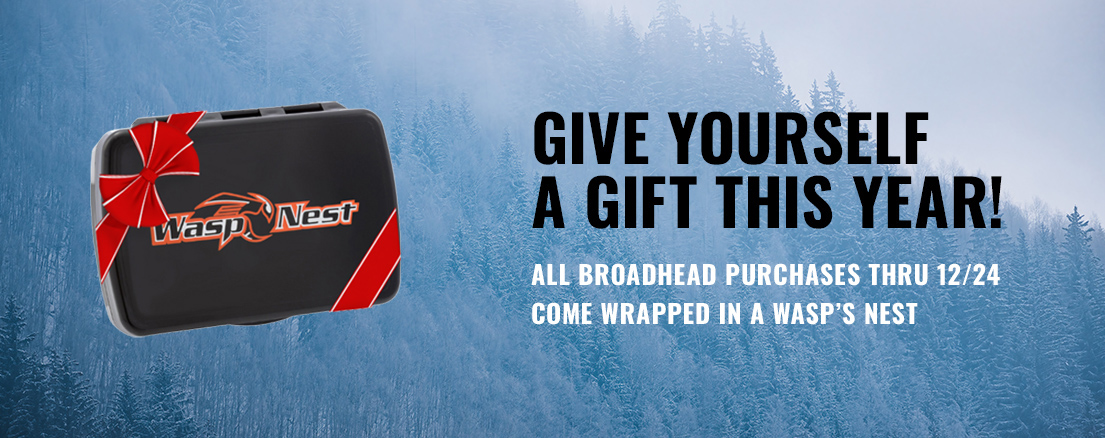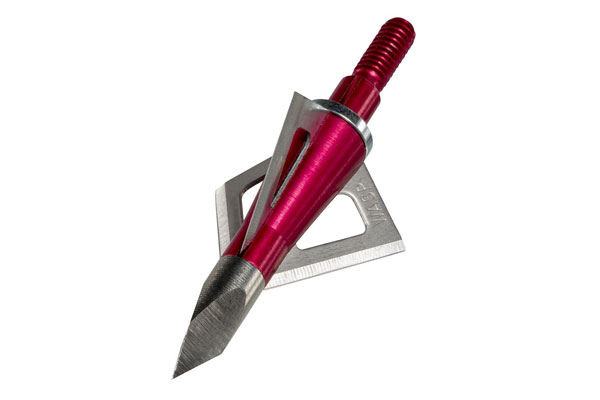Setting Up Your Bow and Broadheads for Pronghorn Antelope
The pronghorn antelope is a uniquely American animal that’s exciting to pursue with archery tackle. Pronghorns live in the open country of North America’s deserts, plains, and prairies, where they’re easy to see but difficult to approach. Spot-and-stalk bowhunters in a good area can expect all-day action, but any success will be hard-won.
In fact, bowhunting success rates on pronghorns are below 30 percent. Their primary defense is in their huge eyes that provide an approximately 300-degree field of view, and are said to be equivalent to a 7x binocular. In open country they can usually spot danger before it becomes a threat — and they’re capable of running at speeds of up to 60 mph. Because of that, average shot distances on pronghorns tend to be longer than on whitetails.
But other factors influence the setup decision for pronghorns, too. They are physically small (a big buck will be about the size of a large Midwestern whitetail doe), with light bones. It’s one of the reasons they can run so fast. They’re also notorious string jumpers. So, a fast bow is a good thing to have when you’re antelope hunting.
Faster arrows mean flatter trajectory and tighter gaps for your sight pins. This is beneficial in instances when you have to estimate the yardage either because you have no opportunity to range or because the animal takes some steps after you’re already drawn.
THE ARROW
If you want to increase velocity even more, it’s also OK to go with a slightly lighter arrow for pronghorns than you’d shoot for deer or especially elk. An arrow in the high 300- to 450-grain range is ideal for most 50- to 70-pound bows. Just remember, though, the lighter the arrow, the more the western winds can carry it off its mark. A happy medium will provide an ideal mix of speed and weight. Finally, a micro-diameter shaft is less susceptible to wind drift, so that’s worth considering, too.
THE BROADHEAD

Choosing the right broadhead for pronghorns all depends on your bow setup. If you’re shooting less than 45 pounds, a fixed-blade design (consider the Drone or Bullet) is safest; your arrow will lose less energy upon impact than it will with a mechanical (blade deployment eats up some energy and decreases penetration). Both the Drone and Bullet are very compact broadheads, but the downside with a fixed-blade design is still that the in-flight profile is larger than that of a mechanical, which means it’s more susceptible to wind drift on longer shots.
If you’re pulling at least 45-55 pounds, a 1 1/4-inch mechanical head (consider the Jak-Hammer 1 1/4”) will perform well, so long as you choose shot angles wisely and don’t strike the leg bone. If you’re pulling 60 pounds or more, a 1 1/2- to 2-inch mechanical, like the Dueler or Jak-Knife, will penetrate just fine with an arrow in the weight range discussed earlier. The two big benefits of using a mechanical are the larger cutting diameter and smaller in-flight profile.
PUTTING IT ALL TOGETHER
If you’re planning to shoot the same setup you’ve successfully used for deer, you’ll be in good shape when hunting pronghorns. But, if you want to optimize your setup specifically for the open-country speedsters, let’s summarize what we’ve discussed in this article.
- A fast bow and the flatter trajectory it provides is a good thing, since shots tend to be long and pronghorns are jumpy.
- You can gain some speed by downsizing your arrow weight. Just don’t go too light, and consider selecting a micro-diameter shaft to defy some wind drift.
- Mechanical broadheads are a good option for antelope hunters. Their compact in-flight profile provides good accuracy on longer shots, and, given good shot placement, their large cutting diameter provides quick kills on lightweight animals.
Once you have everything set up, practice, practice, practice! It’s wise to shoot double the distance that you’ll shoot while hunting, which will make actual hunting distance shots seem simpler. And shoot while wearing your hunting clothing and with broadheads on your arrows. Know your setup inside and out. To really build confidence for the big hunt, draw and shoot from various positions if you’ll be stalking and decoying, or from a ground blind if you’ll be hunting stationary over water. Follow these suggestions, and you’ll be on the right track for arrowing the jumpiest critter in the West.
— Story by Wasp Archery Staff; Antelope Image by John Hafner
View All Posts

